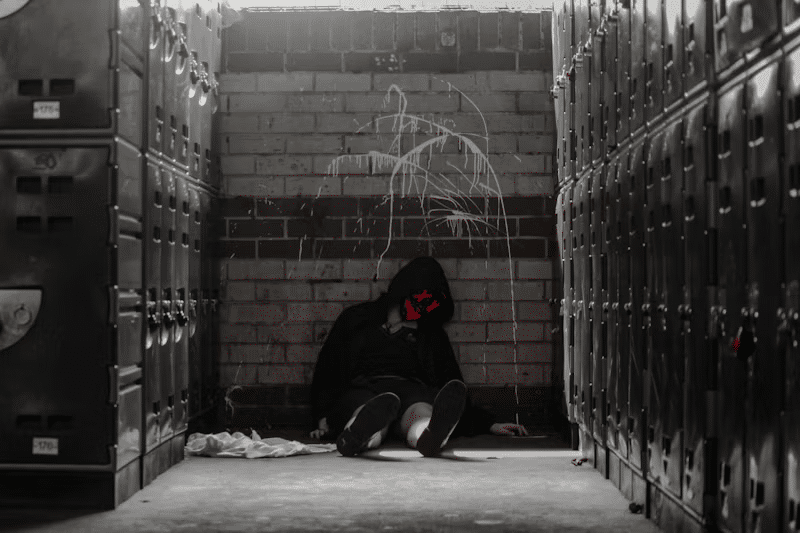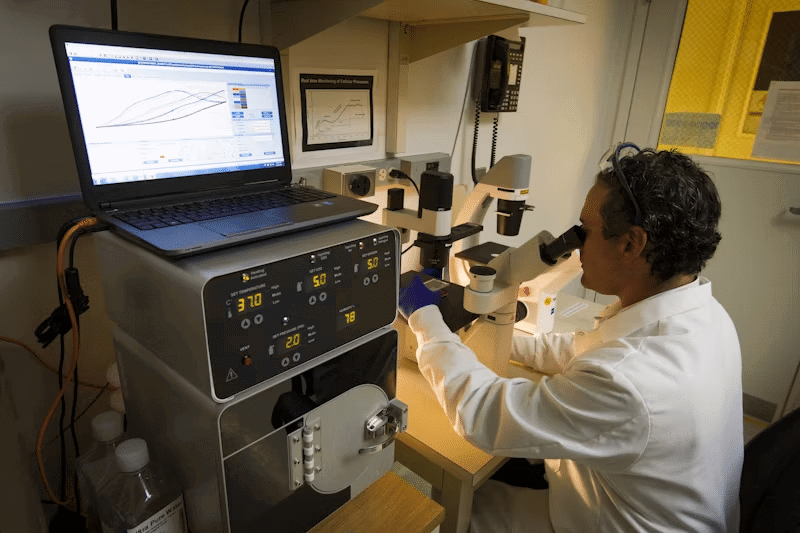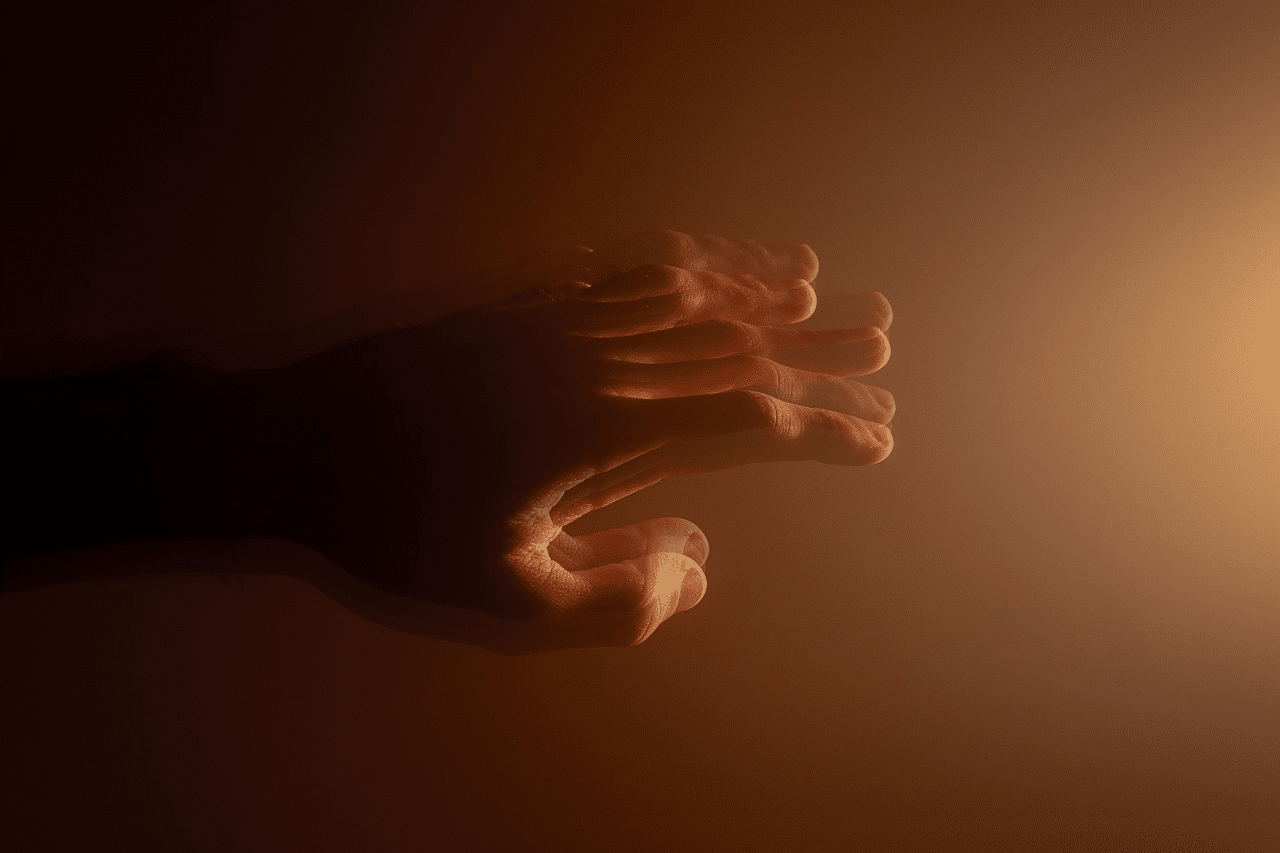Studies from institutions such as Mount Sinai School of Medicine and the University of Birmingham indicate that unusual sleep patterns and frequent distressing dreams could serve as early indicators, potentially transforming early diagnosis and treatment strategies.

Acting Out Dreams: A Warning Sign
REM sleep behavior disorder (RBD), a condition where individuals physically act out their dreams—talking, yelling, or even punching—has been identified as a possible early sign of neurodegenerative diseases. A study published in Annals of Neurology found that 92% of individuals with RBD had a significantly higher risk of developing dementia or Parkinson’s. Though challenging to diagnose, detecting RBD early could open doors to earlier interventions.
Additionally, frequent nightmares—occurring weekly or more—have been linked to an increased risk of dementia. A study involving middle-aged and older adults found that those experiencing regular nightmares had a fourfold higher risk of cognitive decline and were 2.2 times more likely to develop dementia later in life, with men being particularly affected.

Nightmares and Parkinson’s Risk
Research also suggests that nightmares could predict Parkinson’s disease. A University of Birmingham study tracking over 3,800 men aged 67 and older found that those who experienced frequent nightmares were at a significantly higher risk of developing the condition. While only 2.4% of participants were diagnosed with Parkinson’s, those with recurring distressing dreams were overrepresented, highlighting nightmares as a potential early warning sign.

How Dreams Reflect Brain Health
The link between dreams and neurodegenerative diseases may be rooted in brain regions responsible for dopamine production and inflammation. People with RBD often show increased inflammation in dopamine-producing areas, a hallmark of Parkinson’s. Similarly, distressing dreams may indicate underlying brain activity changes that precede cognitive decline.

The Future of Sleep Monitoring for Diagnosis
Advancements in sleep monitoring technology, such as 2D camera-based algorithms, offer promising diagnostic tools. By analyzing movement patterns during REM sleep, researchers have developed methods to accurately identify RBD, which could aid in early detection. Dr. Emmanuel During of Mount Sinai highlights the potential of these technologies to “improve and facilitate diagnosis and avoid missed cases.”

Personalized Prevention and Care
Recognizing these sleep patterns early could lead to more personalized treatment approaches. Targeted interventions to improve sleep quality, reduce inflammation, and support dopamine function may help slow disease progression. This research also underscores the importance of proactively managing sleep disturbances in aging populations.

Looking Ahead: The Role of Long-Term Research
While these findings are promising, further research is needed to fully understand the connection between dreams and neurodegenerative diseases. Long-term studies, such as the Parkinson’s Progression Markers Initiative (PPMI), will be key to uncovering how sleep disturbances contribute to disease onset and progression.

With continued advancements, monitoring dreams could become a valuable tool in the fight against dementia and Parkinson’s.
